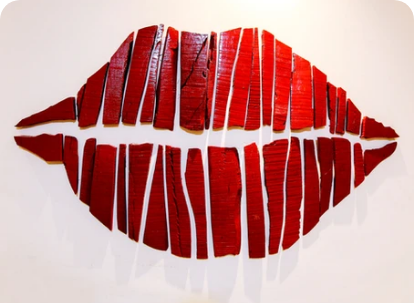Question: I love using straws. Has the use of my straws over the years caused smoker’s lines? And if so, what can I do about it? Besides giving up the use of straws!
Let’s delve into more details about dermal fillers, Botox, and chemical peels, which are commonly used to address smoker’s lines:
Dermal Fillers:
How They Work: Dermal fillers are injectable substances, often containing hyaluronic acid, a natural component of the skin that helps maintain hydration and volume.
Procedure: The filler is injected directly into the lines around the mouth, plumping up the skin and reducing the depth of the wrinkles.
Results: Results are visible immediately and can last several months, depending on the type of filler used. The body gradually absorbs the filler over time; repeat treatments are necessary to maintain the effect.
Considerations: Dermal fillers are generally considered safe, but potential side effects may include temporary swelling, redness, or bruising at the injection site.

Botox (Botulinum Toxin) Injections:
How They Work: Botox works by temporarily paralyzing or weakening the muscles responsible for the formation of wrinkles. In the case of smoker’s lines, it relaxes the muscles around the mouth.
Procedure: Botox is injected into specific muscles with a fine needle. The procedure is relatively quick and minimally invasive.
Results: It takes a few days to see the full effects, and the results typically last for three to six months. Regular treatments are needed to maintain the benefits.
Considerations: Common side effects include temporary bruising or swelling. Choosing an experienced and qualified healthcare professional for Botox injections is essential.
Chemical Peels:
How They Work: Chemical peels involve the application of a chemical solution to the skin, which causes the top layers to peel off. The chemical peel stimulates skin regeneration and can improve texture and reduce wrinkles.
Procedure: Different types of chemical peels range from mild to profound. The choice of peel depends on the severity of the lines and the desired outcome.
Results: The skin may appear red and peel for a few days to a couple of weeks, depending on the depth of the peel. As the skin heals, it often looks smoother and more youthful.
Considerations: Chemical peels require some downtime, and sun protection is crucial during recovery. It’s essential to follow post-treatment care instructions provided by the healthcare professional.
Lynne Worthington can use different strengths of a chemical peel and will work with you on your desired outcome and recovery.

